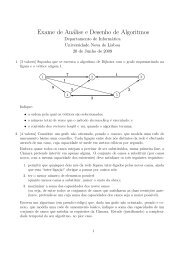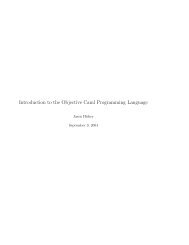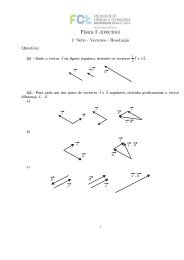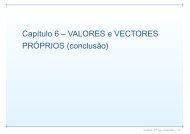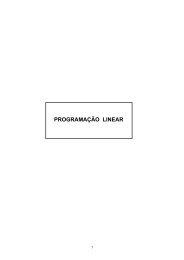Security Articles from Wikipedia
Security Articles from Wikipedia
Security Articles from Wikipedia
You also want an ePaper? Increase the reach of your titles
YUMPU automatically turns print PDFs into web optimized ePapers that Google loves.
X.509 168<br />
Extensions informing a specific usage of a certificate<br />
• Basic Constraints are used to indicate whether the certificate belongs to a CA.<br />
• Key usage is used to specify the usage of the public key contained in the certificate.<br />
• Extended key usage is used to indicate the purpose of the public key contained in the certificate. NSS uses this to<br />
specify the certificate type.<br />
As mentioned in RFC 5280, if key usage and extended key usage extensions are both present, both MUST be<br />
processed and the certificate can only be utilized if both extensions are coherent in specifying the usage of a<br />
certificate. For example, NSS uses both extensions to specify certificate usage. [2]<br />
Certificate filename extensions<br />
Common filename extensions for X.509 certificates are:<br />
• .pem - (Privacy Enhanced Mail) Base64 encoded DER certificate, enclosed between "-----BEGIN<br />
CERTIFICATE-----" and "-----END CERTIFICATE-----"<br />
• .cer, .crt, .der - usually in binary DER form, but Base64-encoded certificates are common too (see .pem<br />
above)<br />
• .p7b, .p7c - PKCS#7 SignedData structure without data, just certificate(s) or CRL(s)<br />
• .p12 - PKCS#12, may contain certificate(s) (public) and private keys (password protected)<br />
• .pfx - PFX, predecessor of PKCS#12 (usually contains data in PKCS#12 format, e.g., with PFX files generated<br />
in IIS)<br />
PKCS#7 is a standard for signing or encrypting (officially called "enveloping") data. Since the certificate is needed<br />
to verify signed data, it is possible to include them in the SignedData structure. A .P7C file is a degenerated<br />
SignedData structure, without any data to sign.<br />
PKCS#12 evolved <strong>from</strong> the personal information exchange (PFX) standard and is used to exchange public and<br />
private objects in a single file.<br />
Sample X.509 certificates<br />
This is an example of a decoded X.509 certificate for www.freesoft.org, generated with OpenSSL—the actual<br />
certificate is about 1 kB in size. It was issued by Thawte (since acquired by VeriSign), as stated in the Issuer field. Its<br />
subject contains many personal details, but the most important part is usually the common name (CN), as this is the<br />
part that must match the host being authenticated. Also included is an RSA public key (modulus and public<br />
exponent), followed by the signature, computed by taking a MD5 hash of the first part of the certificate and signing<br />
it (applying the encryption operation) using Thawte's RSA private key.<br />
Certificate:<br />
Data:<br />
Version: 1 (0x0)<br />
Serial Number: 7829 (0x1e95)<br />
Signature Algorithm: md5WithRSAEncryption<br />
Issuer: C=ZA, ST=Western Cape, L=Cape Town, O=Thawte Consulting cc,<br />
Validity<br />
OU=Certification Services Division,<br />
CN=Thawte Server CA/emailAddress=server-certs@thawte.com<br />
Not Before: Jul 9 16:04:02 1998 GMT<br />
Not After : Jul 9 16:04:02 1999 GMT<br />
Subject: C=US, ST=Maryland, L=Pasadena, O=Brent Baccala,<br />
OU=FreeSoft, CN=www.freesoft.org/emailAddress=baccala@freesoft.org



